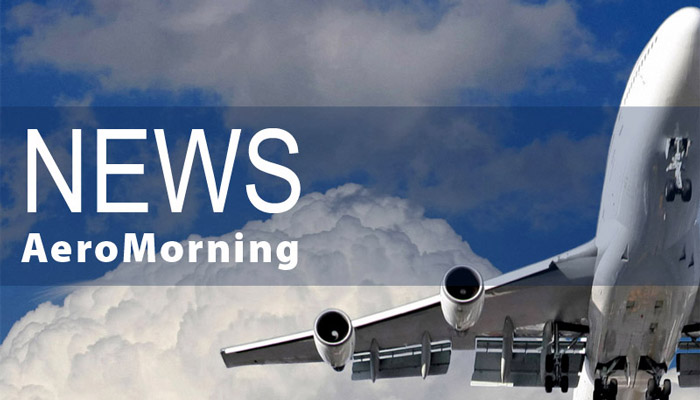Despite the severe impact of COVID-19 on revenues and IT budgets, many airlines are still strongly committed to their spend on technology. What is clear from this year’s Airline IT Insights is that the pandemic has helped accelerate investment in digitalization with a strong focus on streamlining the passenger journey. Sustainability is also attracting a bigger share of the technology spend, as airlines aim to reduce their carbon footprint and make their operations more environmentally sustainable.
As airlines look to ensure their long-term growth and success in the post-pandemic era, 84% of airline CIOs expect their IT spend in absolute value to remain stable or grow in 2022.
Looking at the scope of airline IT investment, increasing digitalization is in strong evidence across the journey and across operations. Airlines are focused on creating a better, more streamlined and digitally-driven journey, to boost passenger confidence and enhance convenience across each of the journey’s steps.
Spend on automation of passenger processing is rising significantly. On the ground, airline investment is increasing in areas such as self-service through the web, mobile, bag drops, boarding gates, and bag notifications. Touchless and low-touch technologies – to make the journey easier, quicker, and safer – stay firmly in the investment mix, combined with investments in passenger identity management driven by biometrics.
In the air, tackling digitalization in the cabin and in the cockpit remains a primary goal, with crew and mobile applications for pilot services all attracting a growing slice of IT spend.
Underpinning the digital shift in the passenger journey are investments in technologies that enhance operations and harness the power of data and data management, for example through business and artificial intelligence, cloud, and data exchange technologies.
This year’s IT Insights also highlights the urgent need to address passenger health certificate verification. While currently using manual verification processes, most airlines clearly recognize the pressing need to automate through mobile and kiosk-enabled checks to limit congestion and frustration.
Sustainability has also moved sharply higher on CIOs’ agendas. As they respond to pressure to become more sustainable, airlines are further exploring how IT can support their sustainability goals. Many recognize that streamlining operations and infrastructure will immediately help reduce their emissions in scopes 1 and 2 of the Greenhouse Gas (GHG) protocol, which focus on direct emissions from owned or controlled sources and indirect emissions from the generation of purchased energy. Most airlines are now prioritizing new IT to make their operations more sustainable through solutions such as data-driven flight path optimization to enhance flight efficiencies and reduce fuel burn.
Airlines are also beginning to look towards reducing scope 3 emissions (all other indirect emissions originating from the value chain). As the industry pushes towards digitalization, by 2024 most airlines plan to adopt selection criteria for external data center providers that favor carbon neutrality or other environmental considerations.









Be the first to comment on "Quels investissements technologiques pour le secteur aérien en 2022 selon SITA ?"